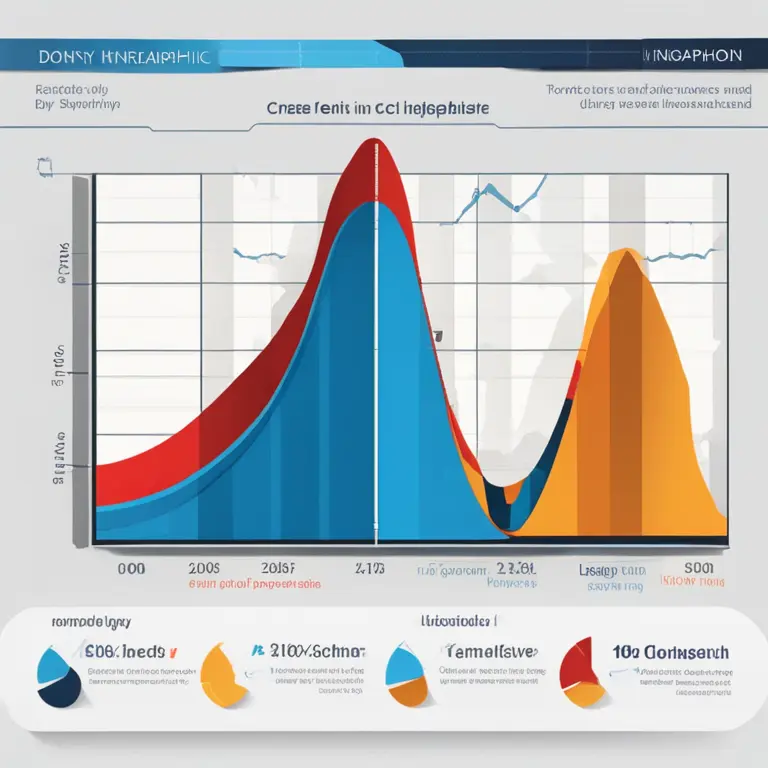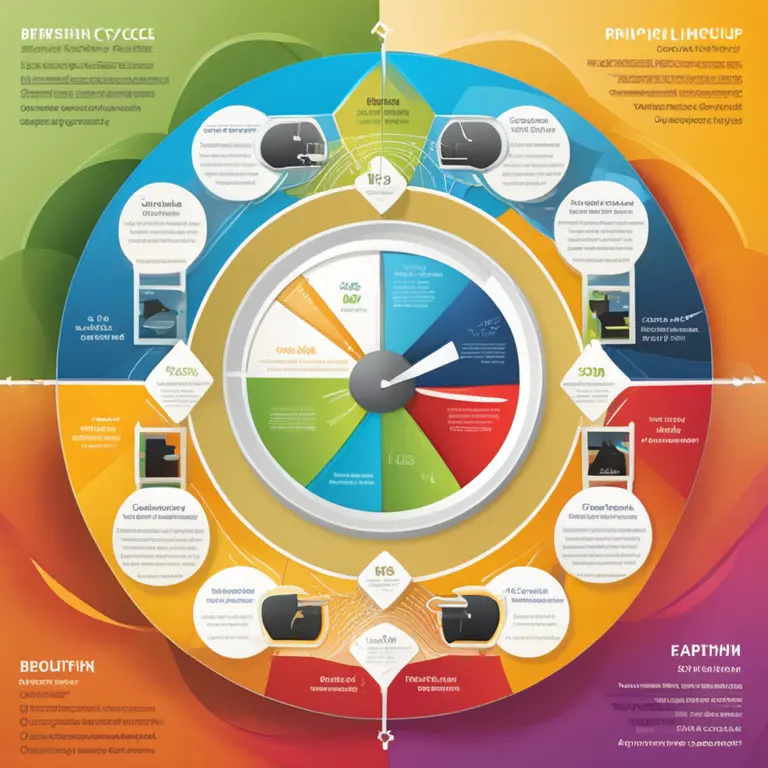
Biorhythms: Unlocking Life's Natural Cycles
Discover the meaning of biorhythms and how these biological cycles influence your physical, emotional, and intellectual states over time.
article by Adrian Wallace
Introduction to Biorhythms
Biorhythms are a concept that suggests our lives are influenced by natural physiological cycles. These cycles are believed to affect our physical, emotional, and intellectual well-being. The theory of biorhythms posits that from the moment of our birth, we are governed by these rhythmic biological clocks, which impact our daily functions and capabilities. Charting biorhythms could potentially provide insight into the optimal times for engaging in various activities, based on the peaks and troughs of these cycles.

Origins and Development
The biorhythm theory originated in the late 19th century but gained popularity in the 20th century. Initially, it was thought that three primary cycles—physical, emotional, and intellectual—governed everyone's life. With advancements in science and technology, enthusiasts and researchers alike have explored the practical applications of biorhythms, developing tools and software aimed at helping individuals map their personal cycles more precisely as of 2024.

Types of Cycles
The three principal biorhythm cycles are as follows: the Physical cycle, with a 23-day duration, influences strength, health, and physical stamina. The Emotional cycle lasts 28 days and affects mood, emotions, and creativity. The Intellectual cycle, which takes 33 days to complete a full rotation, governs analytical thinking, learning, and reasoning. Some adherents believe in additional cycles, such as Intuitive, Spiritual, and Aesthetic, but these are not universally accepted in the mainstream scientific community.
Calculating Biorhythms
Biorhythms are typically calculated using one's birth date as the starting point. Various online calculators can plot these cycles onto a chart, often represented as sine-wave-like fluctuations. Each cycle starts at a zero point, ascending into a positive phase, where abilities are heightened, peaking, then descending into a negative phase where one might feel diminished in those areas. The day a cycle crosses the mid-point is considered a critical day, traditionally viewed as a time for caution.
Criticism and Support
The theory of biorhythms has its share of skeptics. Critics often point out the lack of empirical evidence supporting the impact of biorhythms on human life and behavior. Nevertheless, proponents argue that personal experience and anecdotal evidence suggest that these cycles can be eerily accurate in predicting personal ebbs and flows. Despite scientific skepticism, the interest in biorhythms continues to grow, fueling ongoing debate and research within the field.
Practical Applications
Supporters of biorhythm theory often use their cycle information to make decisions about activities such as sports competitions, important business meetings, or even matters of personal relationships. By aligning their actions with their cycle's positive phases, they aim to enhance performance, decision-making, and communication. Nonetheless, it's crucial to approach biorhythm-based decisions with a balance of intuition and rational consideration of other factors in one's life.
Published: 1/25/2024
Modified: 1/25/2024
More predictions
Come back here soon to learn more about yourself and your future


Your Biorhythm Horoscope Handbook
Discover the intriguing intersection of biorhythms and astrology. Learn how tracking your biological cycles can provide insights into your physical, emotional, and intellectual well-being.


The Principles of Biorhythm Cycles
Discover the fundamental principles of biorhythm cycles and how they influence daily life and personal well-being in this insightful article.


The Biorhythm Debate: Effective Insight or Myth?
Discover the realities behind biorhythms, how they're calculated, and their impact on daily life. Can these biological cycles truly predict our physical, emotional, and intellectual states?